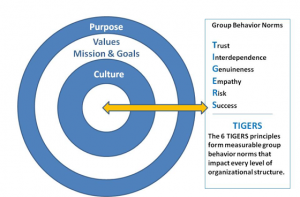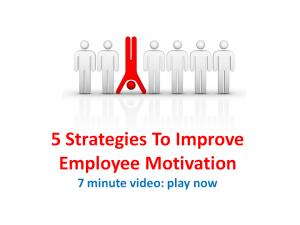
by Dianne Crampton | Sep 30, 2021 | entrepreneur, group behavior norms |
Want to see positive change in your organization? Consider how you tap into your employee’s entrepreneurial or gig mindset. How? You’ve heard or read about “that” brave soul who took a leap of faith, quit his job, and started his own thriving business. Or that...

by Dianne Crampton | Jul 4, 2019 | group behavior norms, your bottom line |
How does adverse behavior reduce your net revenue and bottom line? Why is declaring your organization’s values not enough? Many business leaders have declared their organization’s values. Their hope is that by publishing those values, people will treat each...

by Dianne Crampton | May 30, 2019 | genuineness, group behavior norms |
I was in the Board room that day. Board members reviewed the organization’s exit interview report because turnover was too high. Company sales were also stagnant with a falling performance line. The report findings, however, were illuminating. When asked why employees...

by Dianne Crampton | May 23, 2019 | business, culture, employee performance, group behavior norms, Human Resource Issues, Success |
Economic researchers say that another recession is around the corner. This can obstruct workplace success well beyond the time a recession runs. How? Nearly nine million Americans lost their jobs during the last recession. Unemployment peaked at 10 percent. More than...

by Dianne Crampton | Jan 31, 2019 | culture, group behavior norms, Positive Business Relationships, Work Environment, workforce behavior |
A psychologically safe workplace is one where employees feel safe to take risks and to be who they are as individuals. When employees believe they can take interpersonal risks, it results in a win for the organization and it is a win for the employee. Why? When...

by Dianne Crampton | Mar 29, 2018 | employee engagement, group behavior norms |
A disengaged workforce is one of the most costly problems most organizations face. The global economy experiences $7 trillion in lost productivity annually because of poor employee engagement. $7,000,000,000,000! That’s a lot of zeros. The good news is that...






